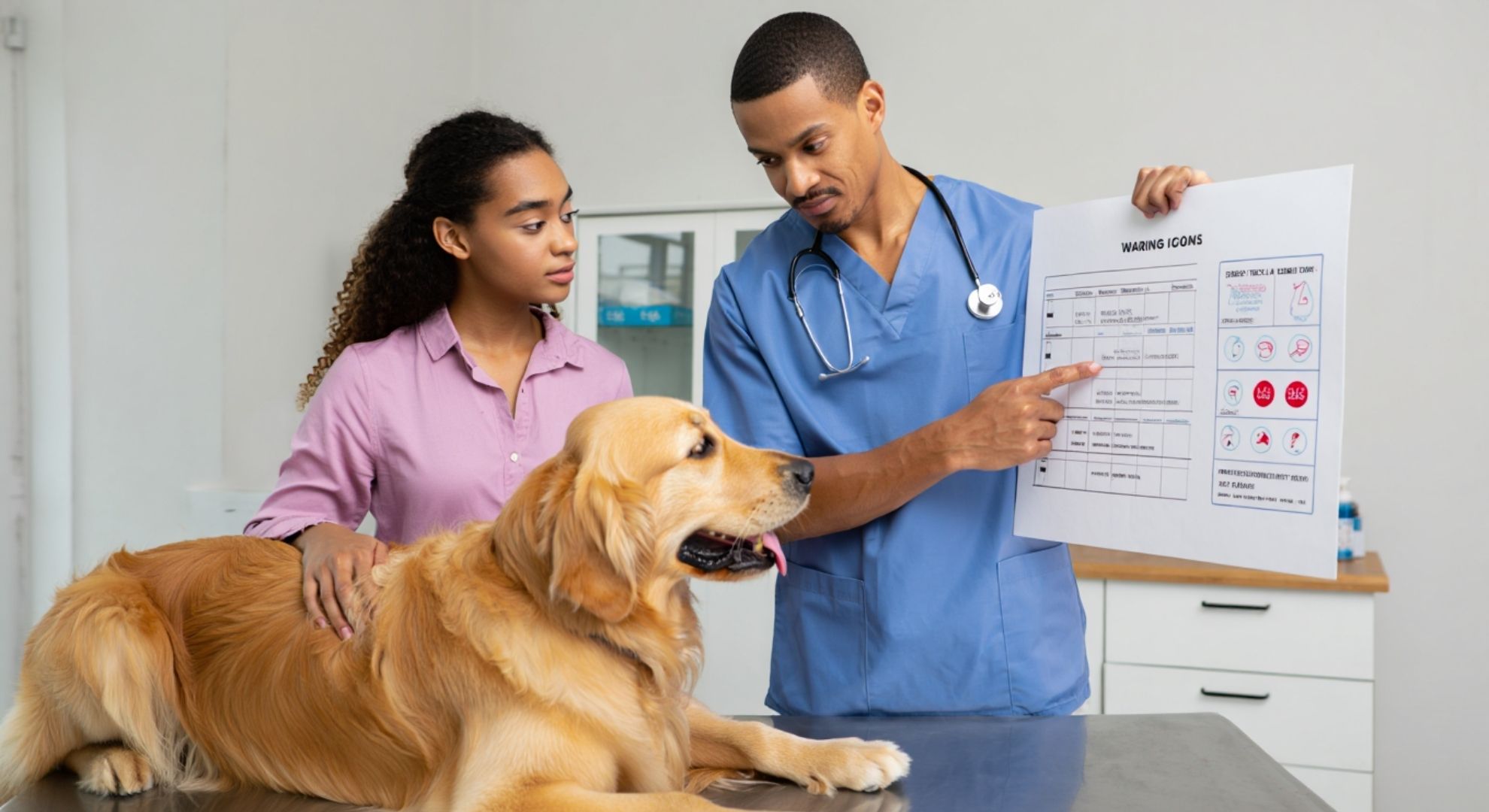The rise of a controversial practice
In recent years, many dog owners have turned to alternative ways of caring for their pets, often influenced by social media trends and online advice. One such practice has rapidly gained popularity: feeding dogs a raw food diet. Proponents claim it is more “natural,” healthier, and closer to what dogs would eat in the wild.
But not all experts agree. Veterinarians across the globe are now warning that while the idea may sound appealing, it can expose dogs—and even their owners—to serious health risks.
Why raw feeding is becoming popular
Supporters of raw diets argue that cooking destroys essential nutrients, and that raw meat, bones, and organs provide dogs with superior nutrition. Some owners report seeing shinier coats, better digestion, and more energy in their pets after switching diets.
The practice has grown especially popular thanks to influencers and pet bloggers who share recipes and testimonials online.
“The concept of feeding dogs like wolves appeals emotionally to owners. But domestic dogs have very different needs than their wild ancestors,” explains a veterinarian specialized in animal nutrition.
The hidden risks of raw diets
Veterinary associations highlight several risks linked to this trend:
- Bacterial contamination: Raw meat can contain Salmonella, E. coli, or Listeria, which may sicken both pets and humans handling the food.
- Nutritional imbalances: Without careful formulation, raw diets often lack essential vitamins, minerals, and fiber.
- Bone hazards: Raw bones can splinter, causing choking, broken teeth, or internal injuries.
- Weakened immunity: Puppies, older dogs, or sick animals are more vulnerable to infections from raw food.
These issues make the practice far riskier than many owners realize.
Comparing raw diets with traditional feeding
| Feeding method | Benefits | Risks/Concerns | Recommended for |
|---|---|---|---|
| Commercial kibble | Balanced, convenient, safe | May contain additives or fillers | Most dogs |
| Cooked homemade meals | Controlled ingredients, digestible | Requires knowledge of nutrition | Owners with time/expertise |
| Raw food diet | “Natural” appeal, some anecdotal benefits | Bacterial risks, bone hazards, imbalances | Not generally recommended |
This comparison shows that while raw feeding has an attractive “natural” image, science consistently favors balanced cooked or commercial diets for safety and nutritional completeness.
Why veterinarians are speaking out
For many vets, the concern isn’t only about the dogs but also about the humans sharing their homes. When raw meat is prepared in a kitchen, bacteria can contaminate counters, bowls, and hands—leading to infections in families, especially children or elderly people.
Veterinarians stress that dogs can shed harmful bacteria in their saliva and feces after eating raw food, creating ongoing risks.
Alternatives to raw feeding
For owners who want to move away from processed kibble but avoid raw food dangers, vets recommend alternatives such as:
- Lightly cooked homemade meals, formulated with guidance from a veterinary nutritionist.
- High-quality commercial diets, including those with natural or organic ingredients.
- Mixed feeding, combining kibble with fresh, safe foods like vegetables or cooked meats.
These options provide variety and nutrition without the dangers of raw feeding.
A choice with long-term consequences
Trends in pet care often spread quickly online, but experts caution against making dietary decisions based on viral advice. While some dogs may appear to thrive on raw diets, the risks can outweigh the benefits.
For most owners, the best approach remains one backed by science: balanced, safe nutrition designed for domestic dogs—not wolves.
